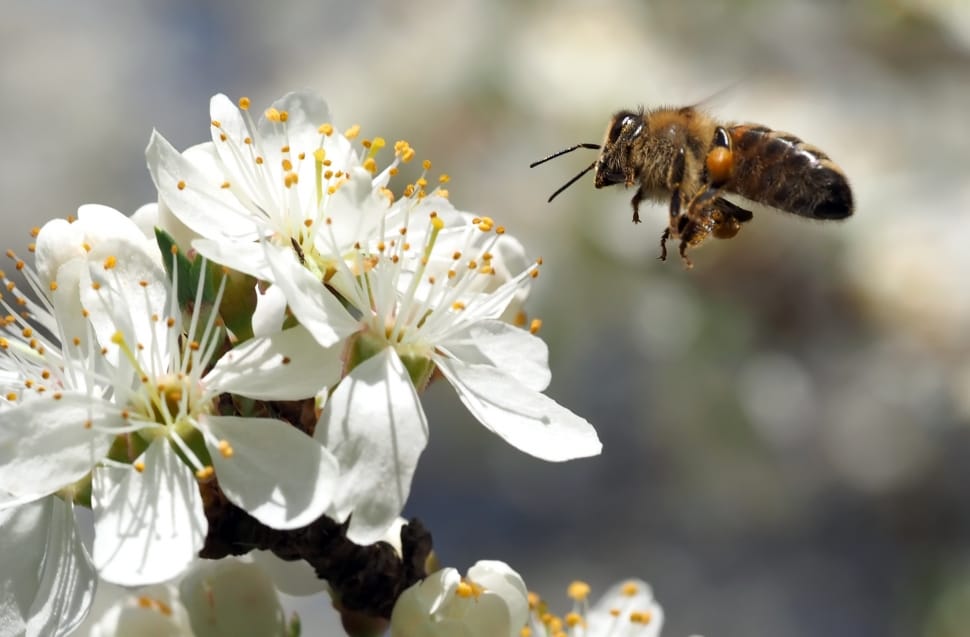The outbreak of the parasite started in the Port of Newcastle last year, with mites being found in nearly 200 hives since – mainly in the Hunter and Central Coast areas.
More than 26,000 hives have been destroyed across one million hectares of eradication zones, and beekeepers want answers.
Beekeeper and former ABC weather presenter Graham Creed, who lost his hives in the Mid North Coast, said that he and many other beekeepers want more information regarding the response to the issue.
“We still don’t know where it came from, we still don’t know how it got this far — more than 100 kilometres in 12 months,” Mr Creed said.
“A lot of people are really concerned that people are moving hives and that they’re just bringing ahead the actual natural spread of the mite.
“And if that is the case, then how do you stop that?”
The NSW DPI said that 25 investigations were launched into illegal hive movements, and 16 penalty notices had been enforced.
Steve Fuller, an apiarist from Grafton and the president of the Crop Pollination Association of Australia, has had 300 of his 4,000 hives destroyed. He said that while he knows the DPI are doing “the best they can”, he has also been seeking information.
“No-one can give us costs; no-one can give us direction,” he said.
“So how do I make plans for next year? I can’t.”
Mr Fuller also said that European honeybees pollinate over 100 different fruits, seeds, nuts, and vegetables, and that due to restrictions on hive movement in NSW, many apiarists won’t make it to Victoria for the almond season.
“I’ve heard there’s a lot of anxiety at the moment because if they can’t get to the pollination, this could mean these guys’ jobs or their livelihood,” he said.
“And once we finish the almonds, we normally go on to canola, we’ve got cherries, and we’re really into spring.
“Pollination is paramount at this time.”






